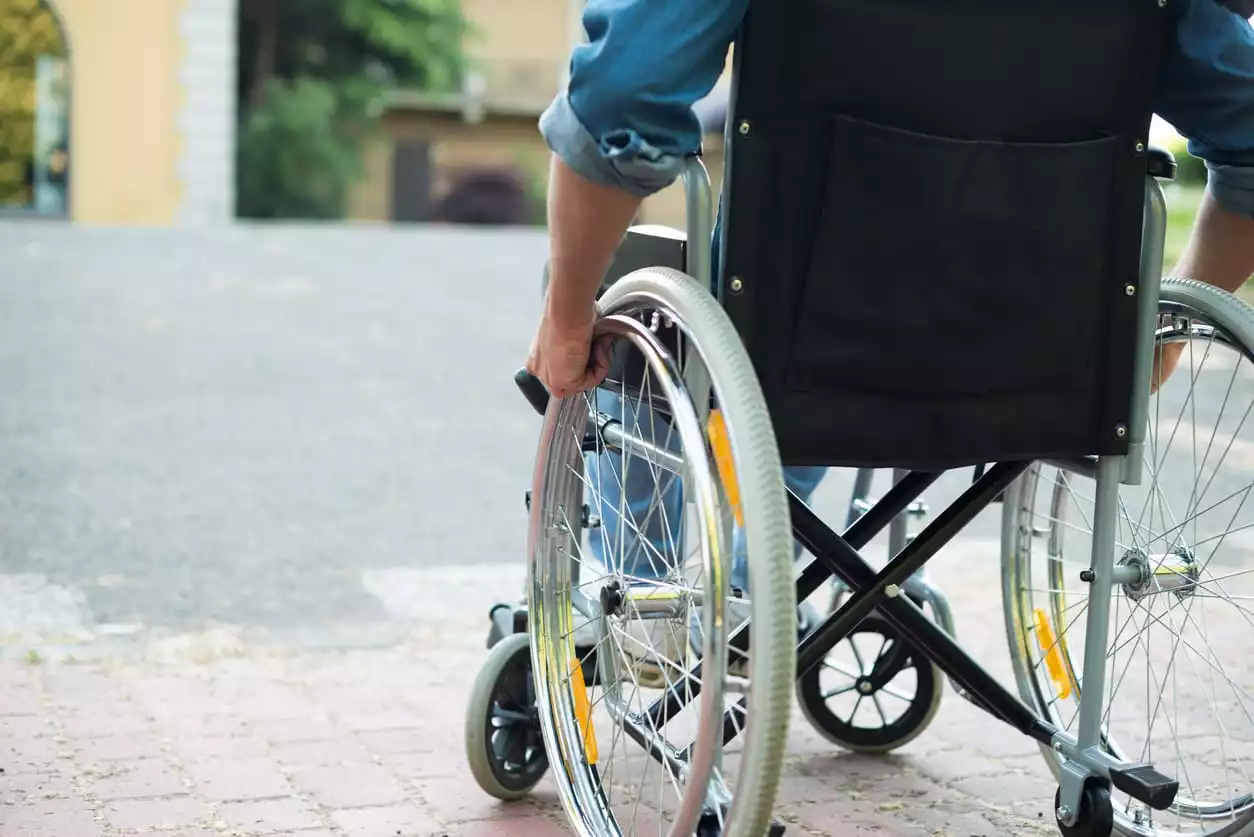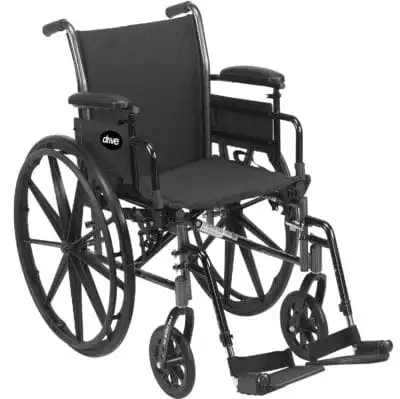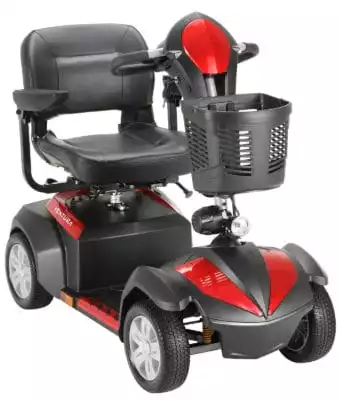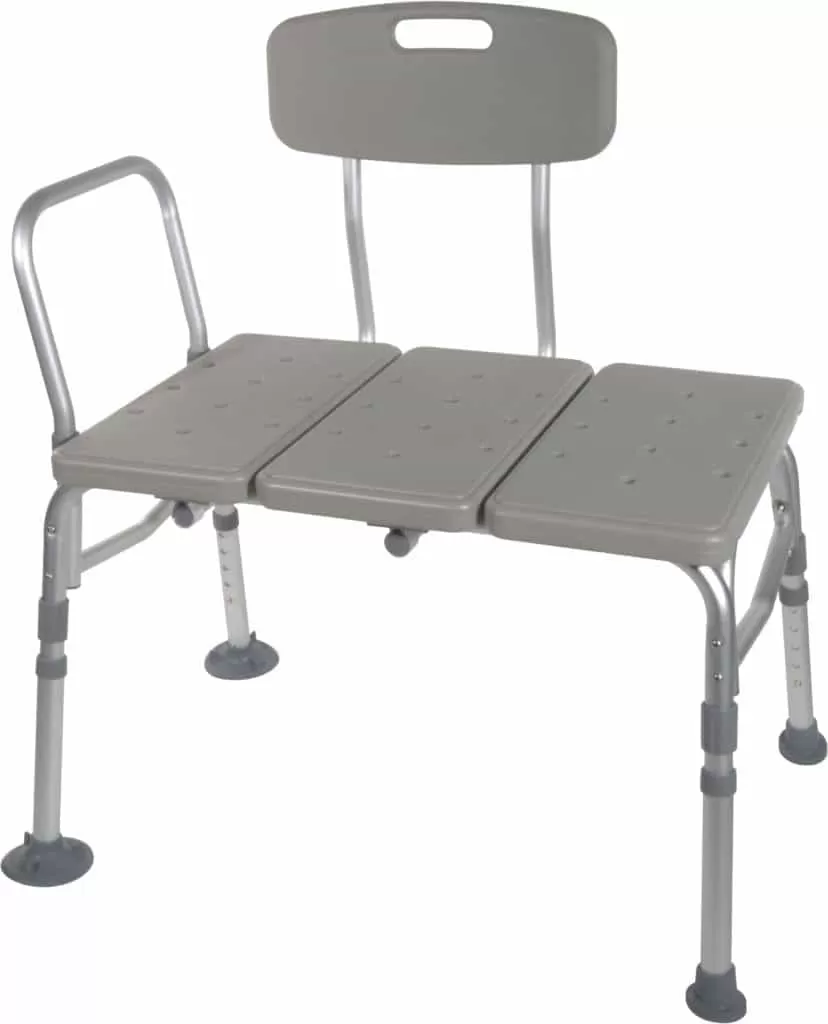
The right medical equipment doesn’t just make your life easier to live–it increase comfort, extend ability, and help you to achieve your most important goals, too. Whether it’s feeling more secure while walking with the help of a cane or using a power chair that lets you get out into the world more often, you rely upon your most important devices for support.
When medical equipment breaks, it can be difficult to locate the exact parts and repair products you need to fix it. Your local pharmacy and medical supply store has everything needed to ameliorate the issue and get you back to what matters most: enjoying your life to the fullest.
Determining Your Needs
Your local medical supply store and pharmacy provides replacement and repair medical equipment parts. The easiest and best way to determine what’s needed is to stop by the location itself with the broken medical device. A pharmacy technician or supply specialist can inspect it, attempt to determine exactly what the issue is, and track down the specific part required to restore your device fully.
Unfortunately, it isn’t always possible (or reasonable) to take a device or piece of medical equipment along with you. Larger items, like power chairs and hospital beds, are often unwieldy and difficult to move, and it doesn’t always make sense to transport diagnostic or monitoring equipment. This is especially for patients who are bedridden or who struggle with mobility in the first place.
For non-transportable items, patients or their caregivers should record certain information to pass to the pharmacist. Take note of the following:
- The type of item (i.e. wheelchair, cane, IV pole)
- The brand of item (look for a small sticker or label)
- The model number listed on the device (if any)
- What you suspect is wrong with the device
- How the equipment is malfunctioning
If your device came with a user’s manual, you’ll find model, serial, and part information listed inside. Keep this document in a handy place where you can retrieve it easily to make locating part numbers and compatible accessories easier.
Call your local medical supply store and provide them with all of the information listed above. Your pharmacy care team will cross-check your account and fill in the gaps to help you discover your best path to medical equipment parts and repair.
Manual Chair Troubleshooting

If you’re having trouble with your manual chair, a little troubleshooting at home is often enough.
Begin by checking the wheels over carefully. Debris stuck between the wheel and the axle can sometimes produce friction, making the wheels difficult to turn. Removing the debris and adding a dab of oil is often enough to correct the issue.
For busted seat cushions, bent metal armrests, broken leg rests, and damaged wheels, replacement is often best. Your local medical supply can evaluate your chair to determine whether repair or replacement is the best option. Your comfort when using your chair matters!
Power Chairs

The most common power chair issue medical supply specialists see is a battery failure. Over time, power chair batteries can slowly lose their ability to hold a charge. They may eventually refuse to charge at all, leaving patients without the ability to move around fluidly.
If your power chair has a removable battery, the first troubleshooting step you should take is to remove the battery, wait approximately 60 seconds, and then replace it and test the chair again. If it still doesn’t power up or move, swap it out for a replacement battery and try again.
It’s best to keep at least one or two replacement batteries on hand in case of sudden failures. Having an extra does have one additional benefit: it extends the amount of time you can travel on outdoor excursions.
Power chairs may also experience:
- Cushion tears
- Tripped circuit breakers
- Locked or stuck joysticks
- Broken storage baskets
- Seat adjustment lever failures
- Broken foot or arm rests
As power chairs are significantly more expensive than manual chairs, repair is almost always wiser than buying a new chair outright. Inquire about repairs through your local medical supply or pharmacy–they may even provide you with a temporary replacement if your insurance coverage warrants it.
Bathroom Aids and Devices
Bathroom aids increase safety dramatically, and not just for the elderly or infirm. People of all ages can slip on wet floors and experience serious injuries in the shower or while standing at the sink. Kids and the elderly are, unfortunately, more prone to falls than any other age range.
The New York Times even goes so far as to say the bathroom is the most dangerous room in the house–even more dangerous than the kitchen.
Bathroom aids lessen the risk, but they also experience high use on a daily basis. Thus, they’re especially prone to the need for repair.
Whether it’s a broken grab bar or a failed riser seat for your toilet, nearly all bathroom aids and devices should be replaced outright when they break. Because they’re affordable, it’s rare for repairs to make sense.
Your local medical supply store can provide:
- Step stools
- Special toilet seats
- Textured grip mats
- Grab bars and rods
- Bathtub transfer seats
- Handheld shower heads
- Other mobility aids that reduce risk
Have your bathtub and toilet brand or measurements handy when you call or visit. These figures make it easier for your care team to determine exactly what you need.
Other Medical Equipment Items
Need repair or replacement for other medical equipment not listed here? Your local pharmacy can provide access to these items, too. From replacement cane heads to everyday medical care devices like catheters, working closely with your pharmacist and medical supply store ensures that you access your equipment and any needed repairs as quickly, efficiently, and affordably as possible. That’s the benefit of maintaining a close relationship with your local pharmacy care team!

 info@burtsrx.com
info@burtsrx.com
